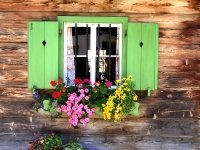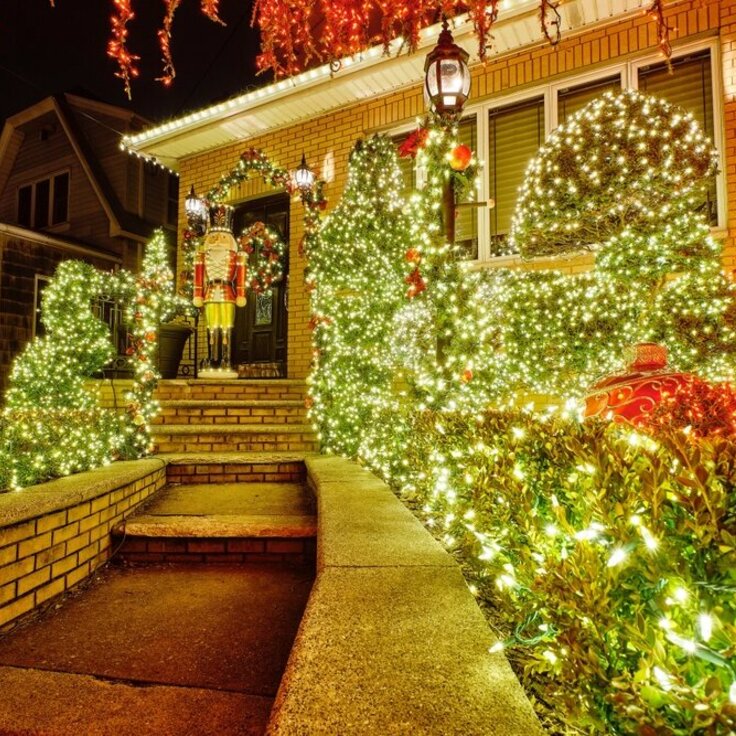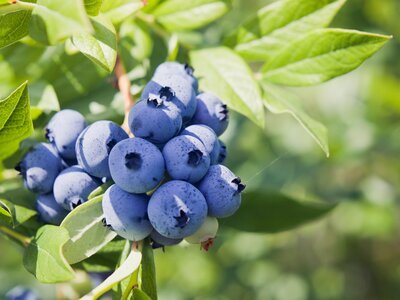Just Add Water
Water in the garden. Add some now. Big features, small features, anything. One or many. There's a good reason for this advice. Water in the garden is transformational. The sound of it, the light on it, the birds and other wildlife it brings, all combine to create a magical effect. Whether it's small or large fountains and bubbling pots, a small backyard pond and waterfall, or a quarter-acre farm pond, each has its own particular charms and requirements.Like anything worthwhile, a certain amount of effort is involved, but much less than you might suppose.
Considering a Pond
When thinking about adding a small pond, one of the first things to consider is placement. Where do you spend most of your time when you're at home? Do you spend more time inside or out? Is there a spot where it can be readily visible from inside the home or from a deck, terrace, or patio? Although logic says to place the pond in a location where the ground is naturally sloped, the soil that is removed can be used to build a small hill for a waterfall. Bottom line? Put the pond where you'll most enjoy it and use landscaping to integrate it into the garden.
The other important factor when considering a pond is equipment. You may have heard horror stories of murky, high-maintenance nightmares, choked with unsightly clumps of algae, filled with stagnant water from debris-clogged pumps, unsightly black plastic liners, or leaks from concrete liners that cracked.
Fortunately new methods and technology are available that have a much higher success rate and require very low maintenance. Instead of exposed pond liners and pumps and filters that look like vacuum cleaners next to the pond, no equipment -- including the liner -- is visible. Even better, such systems are based on creating an ecologically stable system using five basic elements: mechanical and biological filtration that's hidden from view, beneficial bacteria, fish, plants, and lots of rocks and pebbles. Routine maintenance involves checking a skimmer basket for debris and emptying it when necessary, adding the bacteria, and seasonal plant care. An annual cleanout also is recommended.
There are also things you can do at planting time to reduce maintenance chores. For example, ponds in full sun can be prone to algae problems. To combat this, make sure that at least 60 to 70 percent of the water surface is covered with aquatic plants and add beneficial bacteria regularly.
Don't Hesitate
If you've been thinking about a pond, don't put it off. Visit websites, request literature, study magazines, go on pond tours, learn all you can; then dive in, so to speak. Water gardens, more than any other single improvement, have the ability to transform a yard into a place of tranquility, relaxation, and renewal.
Ream more from the National Gardening Association.








